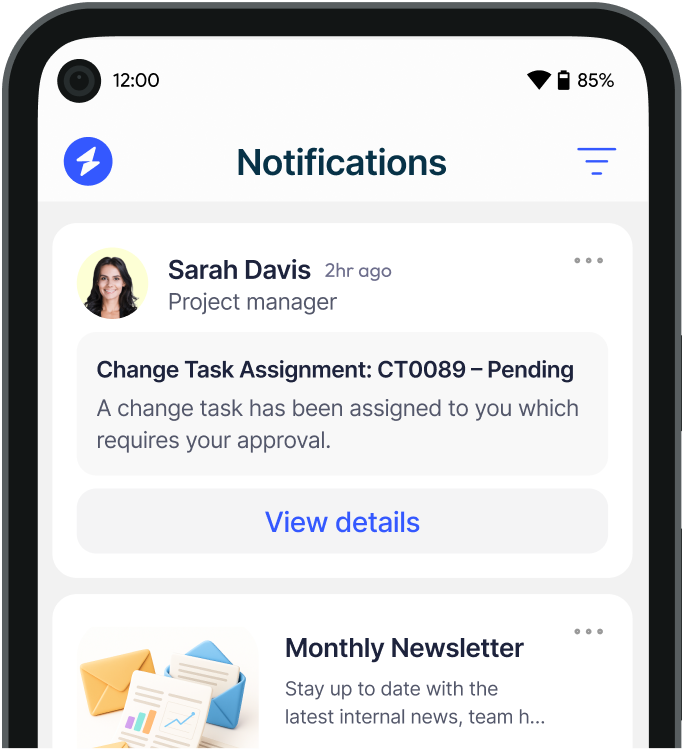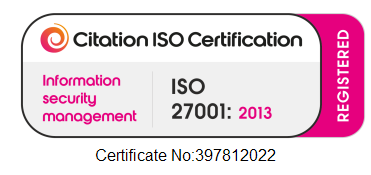
A business workflow emerged as the unsung heroes of modern organisations, transforming complex tasks into seamless, automated processes. Whether you’re handling approvals, onboarding new hires, or managing vendor relationships, well-designed workflows are the secret to boosting productivity and ensuring consistency across teams.
But what exactly makes workflows so powerful, and how can businesses implement them effectively? Let’s explore.
What is a business workflow?
A workflow is more than just a sequence of tasks. It’s a strategic system designed to automate and streamline processes, ensuring every step is executed accurately and on time. Workflows eliminate the guesswork from everyday operations, making it easier for teams to focus on what truly matters.
Examples of workflows include:
- Leave Requests: Streamlining employee leave applications and approvals.
- Expense Management: Automating expense submissions, verifications, and reimbursements.
- Employee Onboarding: Guiding new hires through training, documentation, and orientation.
- Approval Processes: Simplifying multi-step approvals for projects, budgets, or policies.
- Customer Support: Enhancing ticket management and resolution efficiency.
These workflows, when implemented effectively, don’t just save time they also create a more cohesive, productive work environment.
Why a business workflow Matters
- Increased Efficiency
By automating repetitive tasks, workflows free up valuable time for employees to focus on more strategic initiatives. - Consistency Across Teams
With workflows in place, processes are standardized, ensuring every team member follows the same steps and achieves uniform results. - Better Communication
Workflows make it easier to track progress, delegate tasks, and notify stakeholders, reducing miscommunication and delays. - Enhanced Compliance
Many industries require strict adherence to regulations. Workflows provide an auditable trail, ensuring compliance with ease.
At a Glance
Table of Contents

How Heed can help you streamline your processes with a business workflow
At Heed, we specialise in creating customised workflow solutions that address your unique business needs. Our platform goes beyond basic automation it integrates seamlessly into your existing systems, offering powerful tools for managing approvals, employee onboarding, and more.
Here’s how Heed stands out:
- Intuitive Design: Build and manage workflows without needing technical expertise.
- Scalable Solutions: From small teams to enterprise-level organisation’s, our workflows grow with you.
- Real-Time Insights: Monitor progress and identify bottlenecks with our advanced analytics.
- Seamless Collaboration: Keep your teams aligned with notifications, updates, and clear task assignments.
Ready to Transform Your Processes?
Workflows aren’t just about getting things done they’re about doing them smarter. Whether you’re looking to improve employee onboarding or streamline complex approval chains, Heed can help you take your processes to the next level.
Explore the power of workflows with Heed today and unlock a new level of operational excellence. Ready to get started? Contact us to see how our solutions can transform your business.

.svg)



.svg)
.svg)